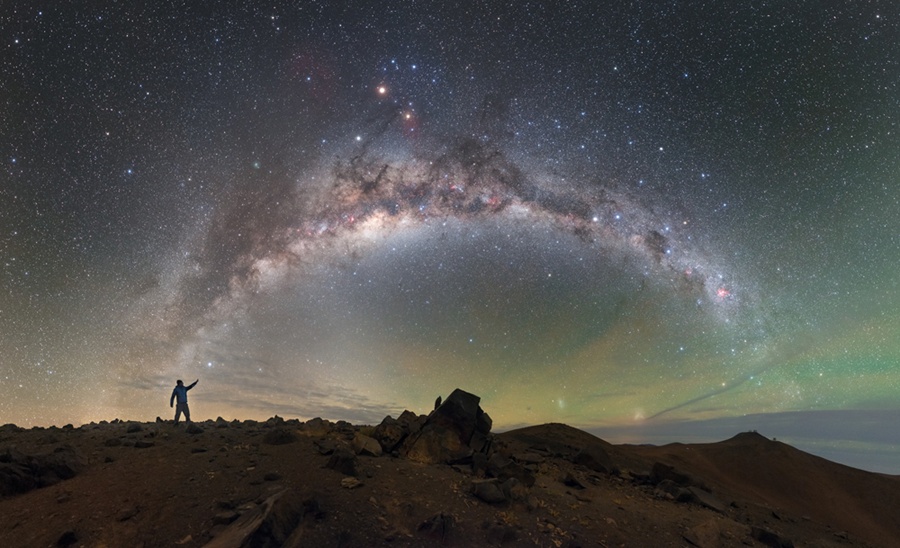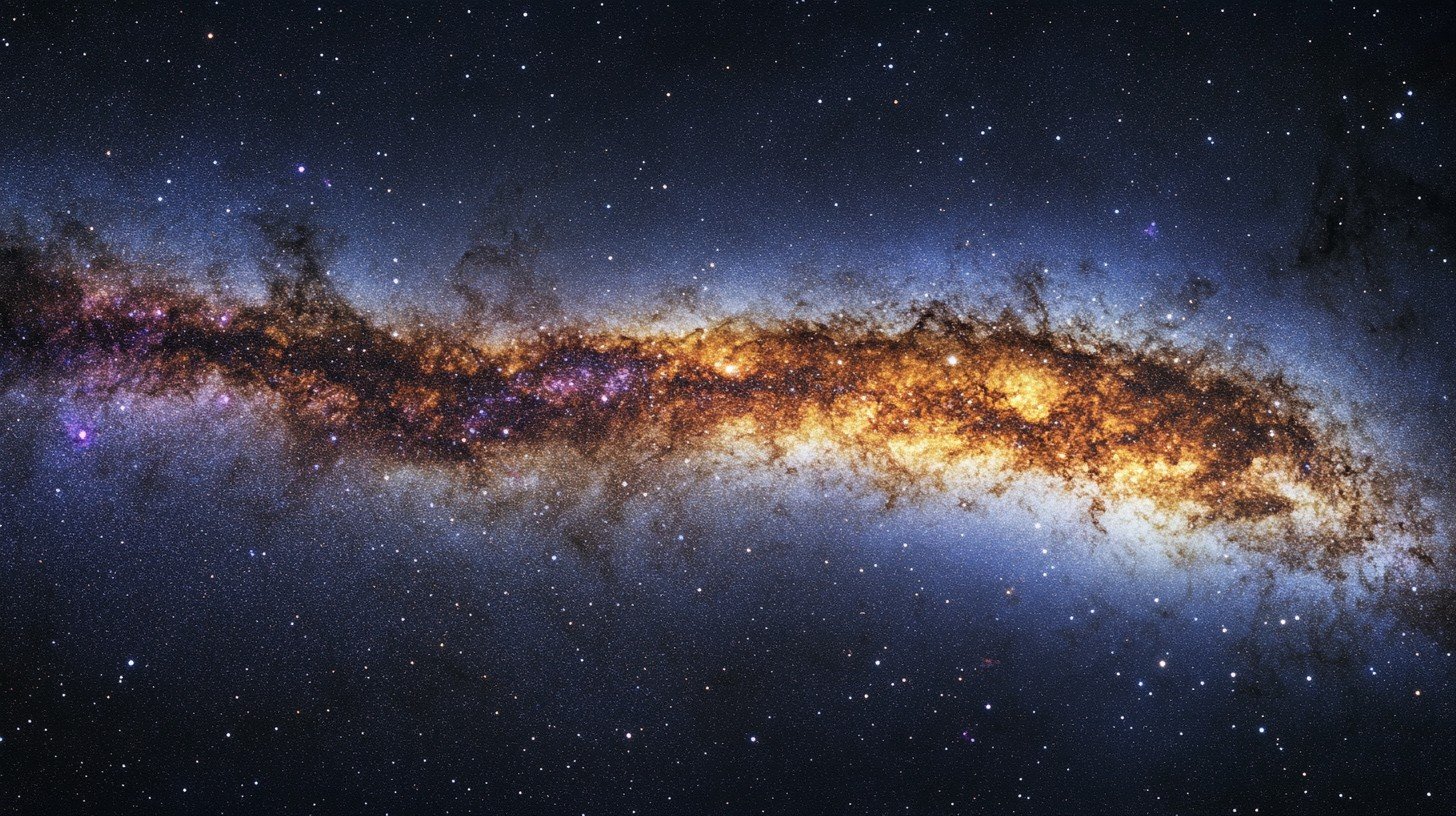Universe!
Have you ever gazed up at the night sky and wondered what lies beyond our world? The universe is a vast, mysterious place filled with countless galaxies and planets, each with its own unique characteristics and secrets. In this blog, we will embark on an exciting journey to explore some of the most fascinating discoveries about galaxies and planets. From the formation of galaxies to the search for extraterrestrial life, we’ll cover it all. So, buckle up and get ready to delve into the wonders of the cosmos!
The Formation of Galaxies
Galaxies are massive systems that consist of stars, stellar remnants, interstellar gas, dust, and dark matter, all bound together by gravity. The formation of galaxies began shortly after the Big Bang, about 13.8 billion years ago. Initially, the universe was a hot, dense, and uniform soup of particles. As it expanded and cooled, slight fluctuations in density caused matter to clump together, eventually forming the first stars and galaxies.
There are several types of galaxies, each with distinct characteristics. Spiral galaxies, like our Milky Way, have a flat, rotating disk with a central bulge and spiral arms. Elliptical galaxies are more rounded and lack the distinct features of spiral galaxies. Irregular galaxies do not fit into either category and have chaotic shapes.
Dark matter plays a crucial role in the formation and stability of galaxies. Although invisible and not directly detectable, dark matter exerts gravitational forces that help bind galaxies together and influence their rotation.
The Milky Way: Our Galactic Home

The Milky Way is our home galaxy, a vast spiral galaxy containing billions of stars, including our sun. It has a central bulge surrounded by a rotating disk of stars, gas, and dust. The Milky Way’s spiral arms are regions of active star formation, glowing brightly with young, hot stars.
Did you know that the Milky Way is on a collision course with the Andromeda Galaxy? In about 4.5 billion years, the two galaxies are expected to merge, creating a new, larger galaxy. Recent discoveries in the Milky Way include the detection of fast radio bursts, mysterious and powerful radio signals from space, and the mapping of its central black hole, Sagittarius A*.
Neighboring Galaxies
Our nearest galactic neighbor, the Andromeda Galaxy, is a spiral galaxy similar to the Milky Way. It is the largest galaxy in our local group and is visible to the naked eye from Earth. The Magellanic Clouds, two irregular dwarf galaxies, are also close neighbors and are connected to the Milky Way through a bridge of gas called the Magellanic Stream.
Other nearby galaxies include the Triangulum Galaxy and various dwarf galaxies, which provide valuable insights into galaxy formation and evolution.
Exoplanets: Worlds Beyond Our Solar System

Exoplanets1 are planets that orbit stars outside our solar system. The discovery of exoplanets has revolutionized our understanding of the universe, revealing that planetary systems are common throughout the galaxy. There are several methods for discovering exoplanets, including the transit method, which detects dips in a star’s brightness as a planet passes in front of it, and the radial velocity method, which measures the star’s wobble caused by the gravitational pull of an orbiting planet.
Some notable exoplanets include Proxima Centauri b, the closest known exoplanet to Earth, and Kepler-186f, a potentially habitable planet in the habitable zone of its star.
The Habitable Zone
The habitable zone, often referred to as the “Goldilocks zone,” is the region around a star where conditions might be just right for liquid water to exist on a planet’s surface. This is crucial in the search for life because water is essential for life as we know it. Examples of exoplanets in the habitable zone include Kepler-452b and TRAPPIST-1e, both of which have the potential to support life.https://science.nasa.gov/exoplanets/what-is-the-habitable-zone-or-goldilocks-zone/
Gas Giants and Ice Giants
Gas giants, like Jupiter and Saturn, are massive planets primarily composed of hydrogen and helium. They have thick atmospheres and lack solid surfaces. Ice giants, such as Uranus and Neptune, contain more “ices” like water, ammonia, and methane, in addition to hydrogen and helium. These planets are characterized by their blue hues and complex weather systems, including giant storms and strong winds.
Dwarf Planets: The Smaller Worlds
Dwarf planets are celestial bodies that orbit the sun and are spherical in shape but have not cleared their orbital paths of other debris. Examples within our solar system include Pluto, Eris, Haumea, and Makemake. Despite their small size, dwarf planets can provide important clues about the early solar system and the processes that shaped it.
The Role of Telescopes in Discoveries
Telescopes have been instrumental in our exploration of space. From Galileo’s first telescopic observations to the powerful Hubble Space Telescope, these instruments have expanded our understanding of the universe. Key telescopes like the James Webb Space Telescope (JWST) promise to reveal even more about distant galaxies and exoplanets with their advanced technology.
Space Missions and Their Impact
Space exploration has provided a wealth of information about our solar system. Past missions, such as the Voyager probes, have returned valuable data about the outer planets. Ongoing missions, like the Mars rovers, continue to search for signs of past or present life. Future missions, such as the Europa Clipper, aim to explore the icy moons of Jupiter, which may harbor subsurface oceans.
The Search for Extraterrestrial Life
The search for extraterrestrial life is ongoing, and scientists are using both direct and indirect methods to find it. They analyze data from telescopes and space missions, looking for biosignatures, or chemical signs of life. Current theories suggest that life might exist in the subsurface oceans of moons like Europa and Enceladus, or in the atmospheres of exoplanets.
The Mysteries of Dark Matter and Dark Energy
Dark matter and dark energy are two of the biggest mysteries in cosmology. Dark matter, which makes up about 27% of the universe, does not emit or absorb light but exerts gravitational forces. Dark energy, accounting for roughly 68% of the universe, is thought to be responsible for the accelerated expansion of the universe. Understanding these phenomena is crucial for a complete picture of the cosmos.
The Importance of Space Exploration
Space exploration offers numerous benefits, from technological advancements to economic growth. Technologies developed for space missions often find applications on Earth, improving our daily lives. Additionally, exploring space fosters international collaboration and inspires future generations to pursue careers in science and engineering.
Challenges in Studying Space
Studying space comes with significant challenges. The vastness of space means that celestial objects are incredibly distant, requiring advanced technology to observe them. Financial constraints and the high cost of space missions also pose hurdles. Despite these challenges, the pursuit of knowledge continues to drive space exploration forward.
Conclusion
In conclusion, the discoveries about galaxies and planets have broadened our understanding of the universe and our place within it. From the formation of galaxies to the search for extraterrestrial life, each finding brings us one step closer to unraveling the mysteries of the cosmos. The future of space exploration is bright, with new technologies and missions promising to reveal even more about the wonders beyond our world.
FAQs
1.What is the largest galaxy discovered?
- The largest galaxy discovered is IC 1101, a supergiant elliptical galaxy located over a billion light-years away.
2.How many exoplanets have been discovered so far?
- As of now, over 4,000 exoplanets have been confirmed, with thousands more candidates awaiting verification.
3.Can humans live on any of the discovered exoplanets?
- While some exoplanets are in the habitable zone, there is no confirmed evidence that humans could live on them. Extensive research is still needed.
4.What is the most powerful telescope currently in use?
- The James Webb Space Telescope (JWST) is currently the most powerful telescope, designed to study the universe in unprecedented detail.
5.How do scientists study distant galaxies?
- Scientists study distant galaxies using telescopes that capture light from these galaxies, often analyzing their spectra to determine their composition, distance, and movement.
–Learn More here
- Learn More About Exoplanets here->https://science.nasa.gov/exoplanets/ ↩︎




